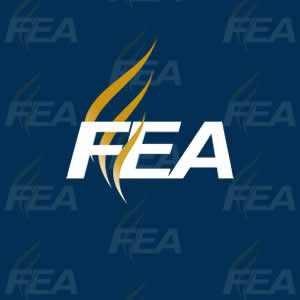On just the third day of session we warned there would be a massive education bill put forth by the Senate that would impact everything from certification requirements to Best and Brightest Changes to the creation of a new voucher program. On the fifty-second day of the session SB 7070 passed along a party line vote. On the fifty-seventh day of session, SB 7070 passed on an almost party-line vote. The bill is now headed to the governor’s desk.
Because of the comprehensive nature of the bill it is impossible to give a brief summary, but below we’ve captured the most important impacts this bill will have on students, educators, and public schools.
Community Schools:
- One of the good aspects of the bill, and something FEA has long advocated for, is funding for wraparound services for neighborhood public schools. Senate Bill 7070 provides grants of up to $500/student to “fund and support the planning and implementation of community school programs.”
Certification:
- SB 7070 expands from 1 year to 3 years the length of time a teacher on a temporary certificate has to pass the general knowledge test.
- Allows the temporary certificate to be extended “if the certificateholder is rated highly effective in the immediate prior year’s performance evaluation” or “has complete a 2-year mentorship program.”
Charter Schools:
- SB 7070 redefines a persistently low-performing school. The prior definition was a school that received a school grade of D or F for 3 consecutive years. The new language reads a school that received a D or F in at least 3 of the previous 5 years and has not earned a grade of B or higher in the most recent 2 years. By increasing the number of “low-performing schools,” this bill will increase the number of schools in “turnaround status,” which can result in a charter conversion.
Best and Brightest:
- Creates three different Best and Brightest programs, “Recruitment,” “Retention,” and “Recognition.”
- Recruitment Bonus: A one time bonus of up to $4,000. Newly hired K-12 classroom teacher who is a “content expert” in mathematics, science, computer science, reading or civics.” Neither the term “newly-hired” nor “content expert” are defined in the bill.
- Retention Bonus: K-12 classroom teachers who meet all of the following criteria:
- Rated Highly Effective ($2,500 bonus) or Effective ($1,000 bonus)
- Taught in the same school for two consecutive years
- Taught in a school that “improved an average of three percentage points or more in the percentage of total possible points achieved for determining school grades over the prior three years.”
- Recognition Bonus: K-12 instructional personnel* who are rated highly effective or effective and are selected by their school principal. The bonus amount is not specified. The bill does not provide criteria by which principals are to select teachers but does require school boards to adopt policies to determine the criteria. The recognition bonus would be paid out with whatever funds are remaining after the recruitment and retention bonuses have been allocated.
- Instructional personnel are defined in state statue as K-12 personnel including: classroom teachers, student personnel services, librarian/media specialists, other instructional staff, and paraprofessionals.
- While the “recognition” bonus does expand the eligible pool, it still excludes pre-kindergarten teachers and many education staff professionals. Also, the “recognition” bonus is likely to be smaller not just because of the expanded eligibility but because it is awarded with whatever funds are left over after the other bonuses have been awarded.
Voucher Schools:
- Creates a new voucher named the “Empowerment” voucher which is available to families who make up to 300% of the federal poverty level.
- Unlike the current vouchers which use “tax credits,” the Empowerment voucher is funded directly from FTE. Many legislators who opposed the bill pointed out that they believe this is unconstitutional based on the Bush vs. Holmes Supporters of the bill believe that with the new Supreme Court if SB 7070 is challenged in court, the ruling in Bush vs. Holmes will be reversed.
- The bill currently limits the number of students eligible to receive the voucher to 18,000 students and “may increase in accordance with the percentage increase in the state’s public school student enrollment.” However, prior experience tells us this cap likely to be raised significantly in future legislative sessions.

